Aungar’s Lesson
Posted: July 25th, 2013 | Author: Michael Goldstein | | 2 Comments »
On Tuesday 4 of our team tried out some lessons. This is Alex teaching the pre-K kids. He asked the teacher to sit in the back and critique him.
The pupils use “thumbs up” and “thumbs down” to indicate if they understand the concept. Sean was pushing them on higher-order concepts.
I’ve experienced some “identity turbulence” on this issue. That is, back in the USA, when it comes to the balance of “basic skills” and “higher-order thinking,” my experience has been that way too many students have been taught “higher-order stuff” in a way that did not stick, so they end up with neither — fact recall nor true comprehension.
For example, many of our incoming 9th graders to Match, from the Boston Public Schools, have been taught many different conceptual ways to “think about” the concept of adding fractions, but few were able to solve 1/2 plus 1/3.
However, in Kenya, the opposite critique applies. Often students do lots of fact recall and repetition. This is true, evidently, throughout the developing world. There is not enough “thinking” — that is, taking knowledge from long-term memory, and combining them new ideas or concepts. So Sean’s been trying to get a feel for what happens when the pupils are asked to do just that.
Josh, pictured below, is exploring the same theme in science, with the same pupils. How to elevate the rigor of questions.
One constraint we face is that the supply of teachers who have deep knowledge of science. This is an issue, too, in the USA. But tougher here. Our teachers come from the community where the school is located. This has pros and cons. They know the people well and the challenges that children face.
In terms of formal education, these teachers are high school grads with a passion for teaching. In relative terms, they have above average educations in Kenya. But in absolute terms, their knowledge of science makes it challenging to handle or pose “Why” questions. If you teach about gravity, for example, even a small kid may say “Why doesn’t the moon fly off into space, pulled by the Sun?” or “Why doesn’t the moon collide with Earth?”
One solution is better quality science materials, either in public domain or by someone willing to license to us for free. Josh will search for that when we get home.
Another partial solution we may try is a Pico Projector with short, super-high quality videos from BrainPop. There is no electricity, but a Pico has 75 minutes of battery life. You could teach 12 classes per day that each featured a 5 minute video.
But the cost will be challenging. Every Kenyan shilling spent on technology would lower our page count for paper materials. Back home, teacher salaries represent about 50% of our charter school budget. Here teacher salaries are roughly 80%. So there is less discretionary money available for curriculum and equipment. Not to mention public schools in Boston spend over $15,000 per year per student; low-cost Catholic elementary schools charge about $4,000 per year and get another $4,000 in subsidy/fundraising; and Bridge Academies operate on $60 per pupil per year. We could raise tuition and have more teaching materials, but most of our families earn about $2/day.
Finally, Aungar.
Many pupils in this class are fairly new to Bridge. They were educated elsewhere in K-4 or K-5. The aspiration of any school, I would think, is that each year should generate large learning gains relative to other schools — such that each additional year of enrollment creates more advantage for the child. So he wanted to assess the level of our students.
Here is what he tried:
My lesson for Class 6 was for the 29 pupils to read a text, take down important details and page numbers in a pre-writing box, and then synthesize those details to answer the open ended question (usually in 1 sentence) .
1. Vocab
Kids had learned 5 words the day before in the typical Bridge lesson. Example, “Quit.” “Conviction.” I wondered how many words they recalled. First I handed them each a worksheet with definitions, but without the vocabulary word.
Half the kids didn’t recall any words. 1/4 of the kids got 2 out of 5 words or so. The final quarter of kids filled in the words mostly correctly.
Then I wrote the words on the board, to see which they could match to the defintions on the page. Kids were able to then correctly fill in 3 out of 5.
This goes to the question of what teaching methods and what curriculum will generate “sticky” recall of what is taught.
2. Open-Ended Questions
The class had read a 5-page biography (2 pages of normal spaced stuff) one day before. These were two open-ended questions about the same 5-page biography. First, what kind of person was the Lead Character? Second, describe the importance of the Green Belt movement?
19 out of 29 answered correctly for the first
17 out 29 answered correctly for the second
3. SummarizationThey’re not used to this task.
3 out of 29 were able to recall the story well enough to write a summary (3-5 sentences)
4 wrote random words/sentences about the story
12 listed random facts from the story
10 wrote nothing4. Student Survey
9 out of 26 found today’s independent reading “easy”
7 found it difficult
10 found it challenging but “I could do it”9 out of 26 found answering the 2 open-ended questions easy
4 found them difficult
13 found them challenging but i could do it25 out of 26 found the pre-writing box helpful
1 found it confusing
0 found it not helpful16 out of 24 found the partner work helpful
4 found it confusing
4 found it not helpful
The goal here is to tinker towards a lesson structure that challenges the kids, and also that our teachers perceive as effective and suited to them.
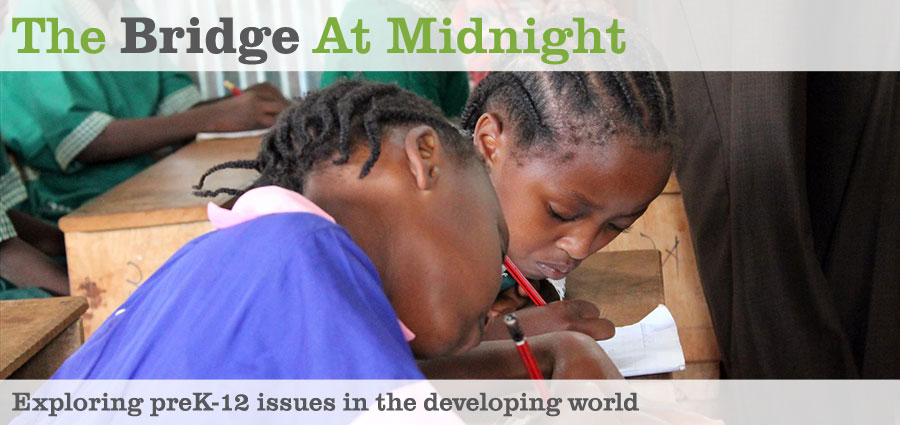
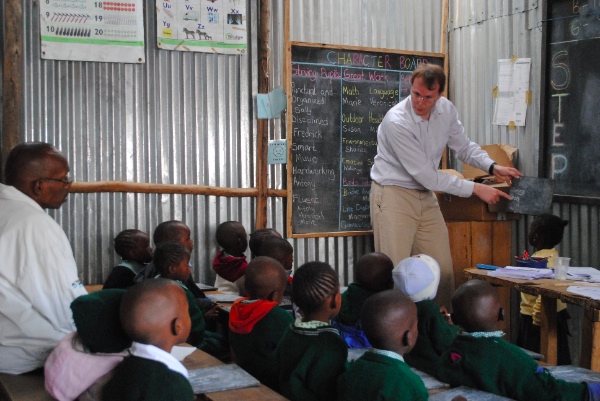
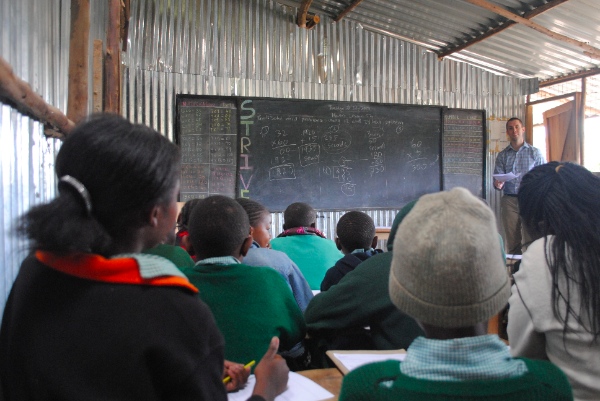
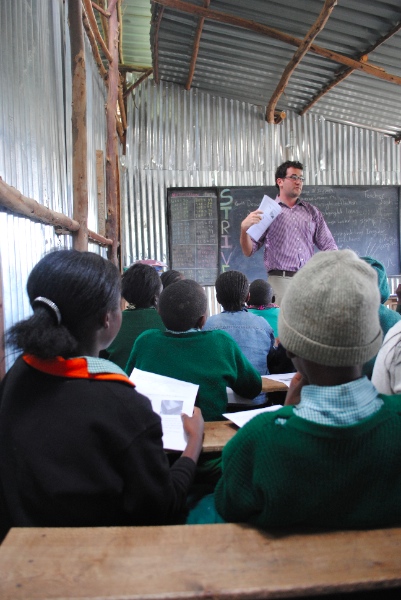
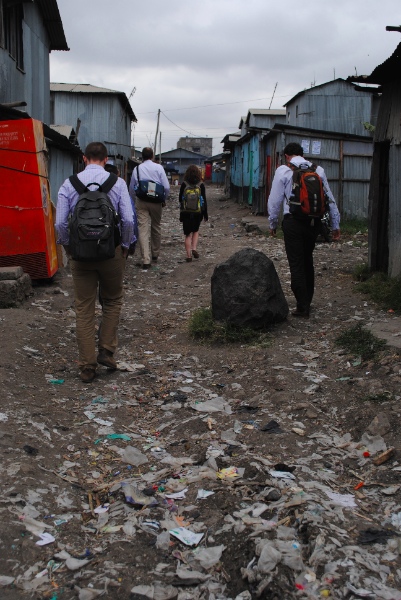

This was my first look at this site. We are currently working with a school in Koru, Kenya and I found this very interesting and on point.
Pam, that’s great. We should compare notes at some point.